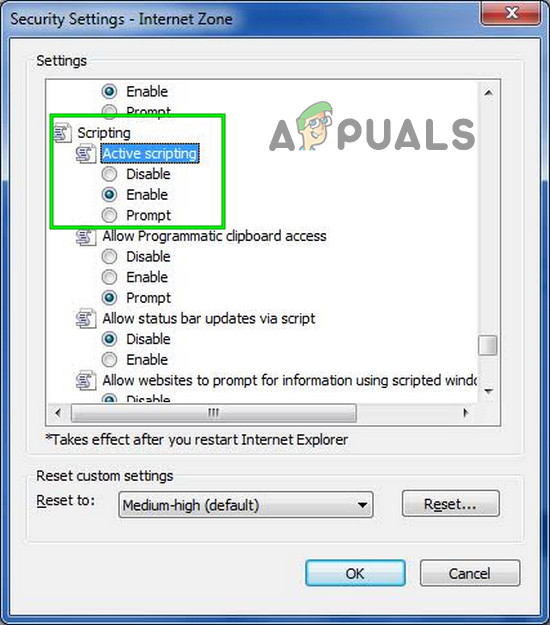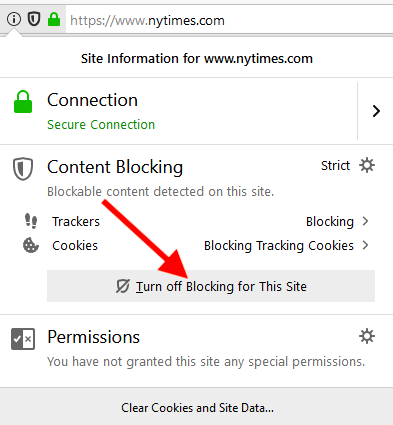

* The browser stores the resource in its cache under a key like. * When you load a resource it may return a "ETag" header WebKit was a good start of this because at least some of the features were implemented behind compiler flags.whereas all other browsers and engines can't be built without say, WebRTC support, or say, without Audio Worklets which are for themselves enough to be uniquely identified. Because let's be honest, nobody uses Firefox with ETP in my town anymore :( I personally think this is the only way to be untrackable these days. I decided to go with the "behave as the statistical norm expects you to behave" and created my browser/scraper and forked WebKit into a webview that doesn't support anything that can be used for tracking with the idea that those tracking features can be shimmed and faked. Guess what, as long as nobody in your town uses Linux, you are the most trackable person. It's like saying "I can't be tracked, because I use Linux". Because that's unique as well and can identify TOR browsers pretty easily. If the malicious vendor is good, they even correlate the size and order of requests.


Statistical analysis of these values over time (matched with client hints, ETags, If-Modified-Since, and IPs) will make most browsers uniquely identifiable. Note that among a sea of tracked browsers, the untrackable browser shines like a bright star.


 0 kommentar(er)
0 kommentar(er)
